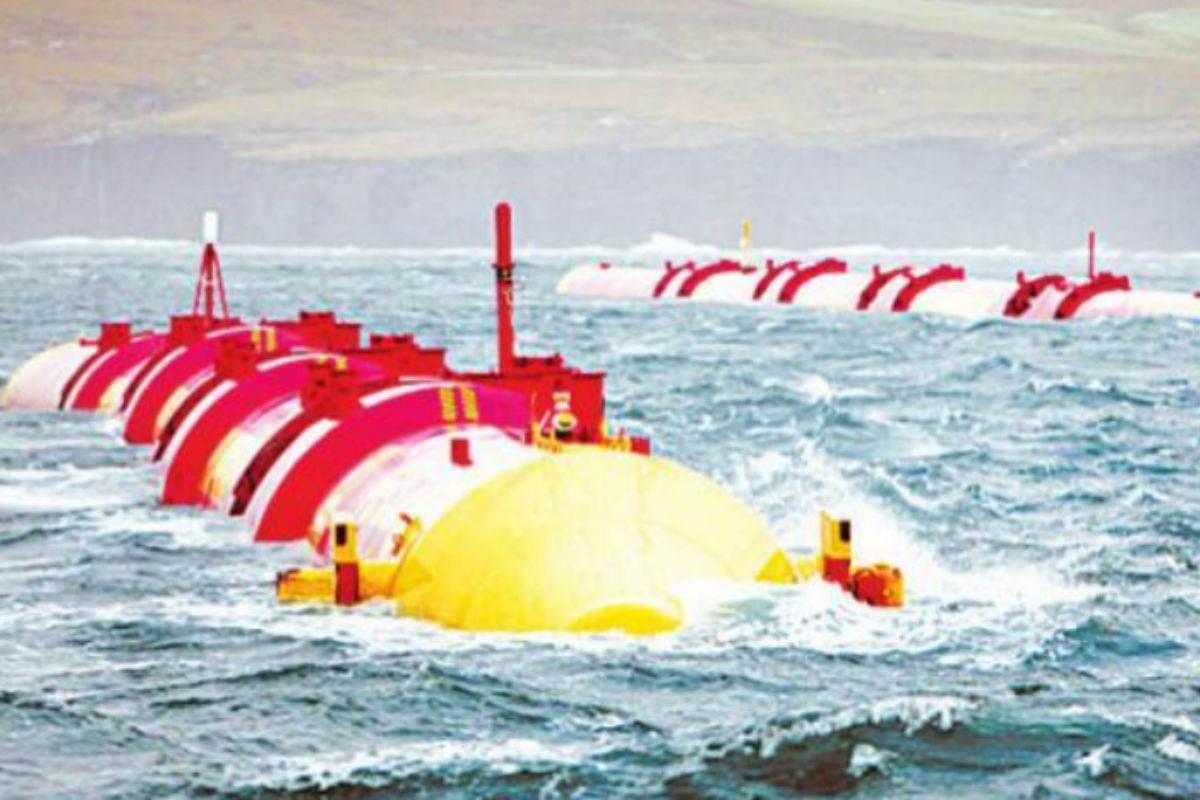India and China
The meeting between External Affairs Minister S. Jaishankar and Chinese Foreign Minister Wang Yi at the G-20 foreign ministers’
On India’s west coast, potential wave power could be developed in the states of Maharashtra, Karnataka, Goa and Kerala.

SNS
Energy is the most crucial component for the economic growth of a country. The need for energy consumption has significantly risen globally over the last 50 years. Population growth, rising industrialization, economic expansion, modernization of agriculture, and the advancement of the transportation sector are the main components of the energy sector’s transformation. In the recent assessment report six (AR6) of the Intergovernmental Panel on Climate Change (IPCC), Asia’s energy consumption is said to account for 36 per cent of total global consumption. China and India have contributed significantly to the rising global energy demand. Asia consumes 80 per cent of the world’s coal, 26 per cent of its natural gas, and 52 per cent of its electricity. Asia’s share of the world’s primary energy consumption is expected to rise to 48 per cent by 2050.
China is the largest energy consumer in the world. The overall consumption of Asean countries and India will be about the same as China by 2050. To address the soaring demand for energy, the world’s focus has turned to renewable energy sources. Renewable energy is the only source to meet the IPCC’s low carbon emission targets. Renewable energy sources are abundantly available in the form of winds, solar, biomass and wave power. Oceans contain economic and environmental benefits through currents, waves, tides, salinity gradients, and temperature gradients. According to the International Energy Agency, wave power can generate 8,000 to 80,000 TWh per year. Ocean thermal energy could generate 10,000 TWh, and tides and marine currents could generate 1,100 TWh. Wave power is one of the most powerful renewable energy resources as compared to wind and biomass.
Advertisement
The total wave power available from the ocean is 32,000 TWh/year according to the IPCC’s report on “Renewable Energy Sources and Climate Change Mitigation”. Photovoltaic panels have a power density of 1 kW/m2 at maximum solar power. Wind has a power density of 1 kW/m2 at 12 m/s. By comparison, waves have an average annual power density of 25 kW/m2 along coastlines. India’s 7,517 km long coastline is studded with numerous estuaries and gulfs, making it a desirable location for the growth of ocean/marine energy projects. Estimates indicate that the annual wave power potential along Indian coasts lies between 5 and 15MW per meter, resulting in a total theoretical wave power potential of 40 to 60 GW (Energy Alternatives India (EAI, 2017). However, ocean energy technologies like wave and tidal are still in early stages of development when compared to advancements in other renewable energy technologies.
Advertisement
The estimated potential of tidal and wave power in India is around 54 GW. Tidal power is around 12.5 GW and wave power is around 41.5 GW. On India’s west coast, potential wave power could be developed in the states of Maharashtra, Karnataka, Goa and Kerala. The maximum wave power is found at Kanyakumari near the southern tip of the Indian peninsula. This is due to the effect of refraction and the existence of strong winds in the region. Recently, the government of Kerala, with the support of the Ministry of New and Renewable Energy, piloted a 150kW wave power generation unit off the Kerala coast, along with a US-based company, Oscilla Power.
The state, through the Indian Agency for New and Renewable Energy Research and Technology (ANERT) plans to build a one MW wave power plant to harness the wave power off the coast of Kerala. Overall, wave power holds the potential to produce energy at several locations along the Indian coastline. Compared to other renewable energy sources like wind and solar, wave power provides energy consistently throughout the year. This will enhance the overall stability of the energy network in India.
A version of this story appears in the print edition of the September 7, 2022, issue.
The first two writers are with the National NInstitute of Technology and the third is with the O P Jindal University.
Advertisement